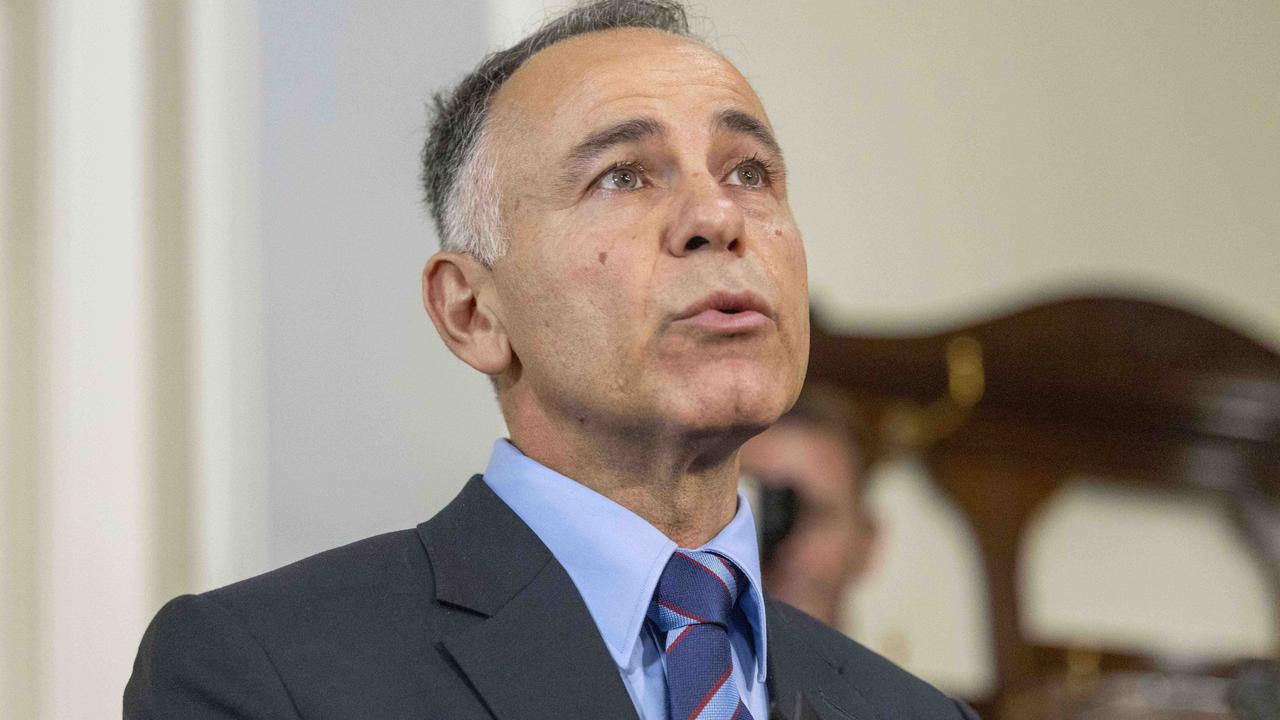How Covid lockdowns sparked worrying spike in eating disorders
One of Victoria’s only public eating disorder units has seen a frightening jump in anorexia cases since the pandemic, while experts have revealed why it is becoming harder to diagnose.

Victoria
Don't miss out on the headlines from Victoria. Followed categories will be added to My News.
Anorexia admissions at one of Victoria’s only public eating disorder units have doubled in the past decade, while at the same time becoming harder to diagnose.
Admissions at Austin Health’s eating disorder unit spiked during the pandemic – reaching a record high of 70 in 2021 – and have remained high since, while cases of “atypical anorexia” have also risen.
The hospital’s adult unit admitted 31 patients with eating disorders in 2013, exactly half as many — 62 — as they admitted last year.
Their lead psychiatrist Dr Karen Gwee said numbers had been slowly rising in the four to five years pre-pandemic and reached 49 in 2019, before taking off during lockdowns.
“We definitely noticed a spike during Covid, which is really similar I think to other services across the state and the world,” she said.
“But particularly our state, given we had quite a difficult time during Covid with lockdowns.
“It’s dropped a bit since, but it’s still a lot higher than pre Covid.
“Eating disorder rates are increasing.”

While anorexia was still the more common diagnosis, the hospital’s data shows the average body mass index of patients had also increased by three points since 2013.
Dr Gwee said it reflected the increasing number of “atypical anorexia” patients, who have all the markers of anorexia — apart from a low weight — and can therefore be more easily missed.
“Over the last maybe four or five years, we’re definitely seeing more presentations,” she said.
Dr Gwee said their weight could be considered in the healthy, or sometimes overweight, range but they typically have still had “significant” weight loss and were “medically unwell”.
“They are very preoccupied with their body image and food, as well,” she said.
“They usually engage in disordered eating behaviour, most commonly restriction, but they may also have been excessively exercising or be purging or using laxatives or something else to manage their weight.
“They can also show some of the medical complications that we see in anorexia, these patients would end up in emergency departments, they’d end up in medical wards with similar reasons as someone who is underweight with anorexia.”

She said there were multiple factors that could be behind eating disorders’ rise, including the prevalence of diet and appearance based content on social media “that might influence young people and the way they see themselves”.
“There’s generally a diet culture in society and the concept of weight stigma.”
She suspected the pandemic jump was influenced by lockdowns, where exercise was one of the only viable activities left and people had more time to be on social media, financial instability and other factors like changes to food supplies.
Mikayla Stukel, 27, was not surprised by the pandemic’s impact on eating disorder numbers and said she almost relapsed herself after taking up running during lockdown.
She was diagnosed with anorexia as a teenager and lost rapid amounts of weight — until a doctor warned she had just weeks to live and she began an intensive treatment program.

“The initial goal was to try and live a healthier lifestyle and it just spiralled,” she said.
“It took a while to recover.”
Ms Stukel now works as a lived experience support worker on the unit, determined to be the kind of support she wished had been there for her.
She said eating disorders weren’t “just fixed by telling someone to eat” and urged people to donate to the unit’s tax appeal so they could continue to offer hope to patients.
“Better therapies, better support — it’s everything services offer that make recovery possible,” she said.
“Things can get better and it’s not going to be this way forever,” she said.
To donate, visit austin.org.au/donate


